In memory of Vladimir Kagan, 1927–2016
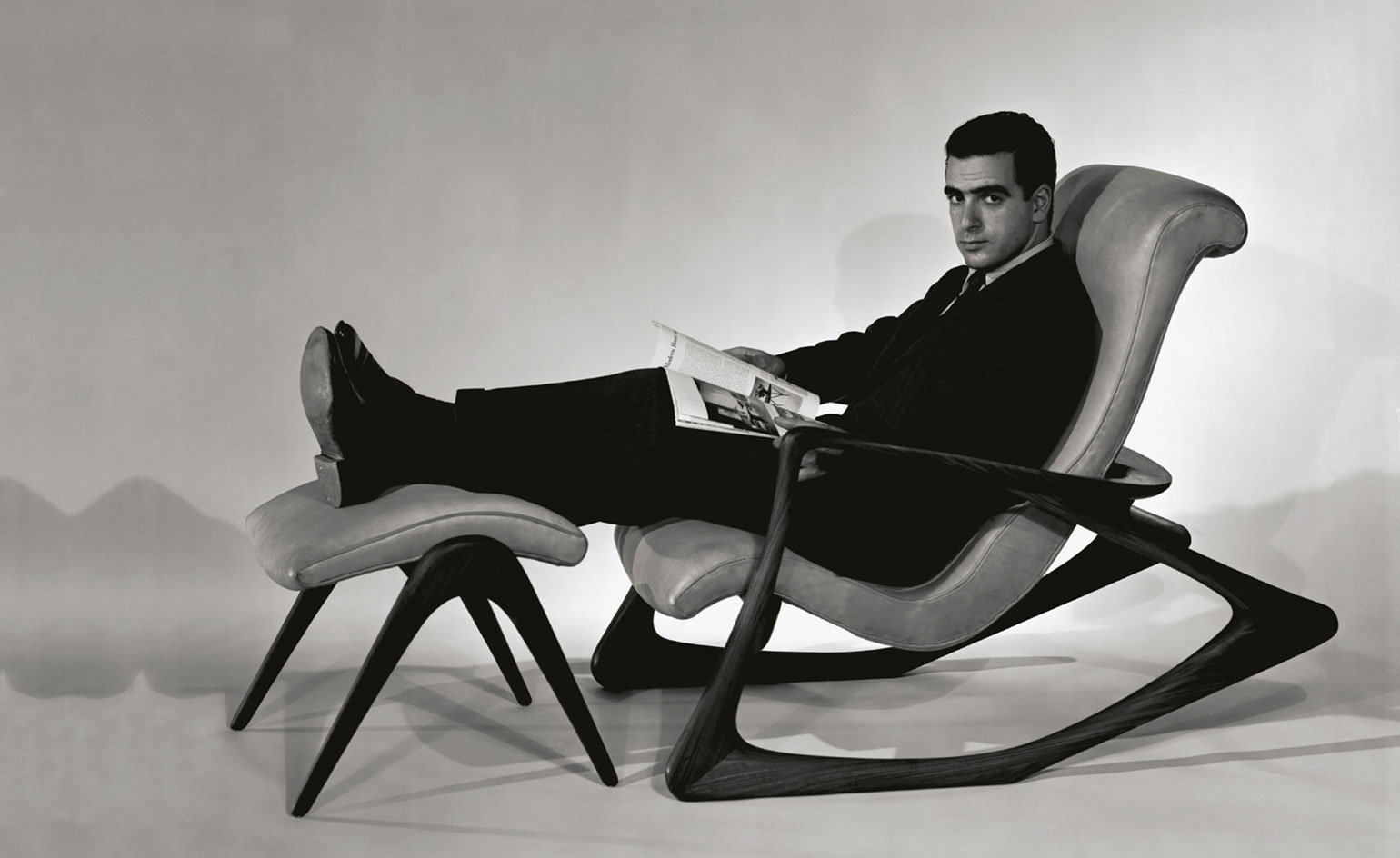
Vladimir Kagan, one of 20th century American designs most totemic figures, has died at the age of 89.
Born in 1927 in Worms, Germany, Kagan's family emigrated to the USA to escape the rise of Nazism in 1938. He studied architecture at Columbia University, before joining his father – a Russian master cabinetmaker – in the family woodworking studio, learning to create furniture drawing on the traditions of Mies van der Rohe, Le Corbusier and the Bauhaus school.
After drawing commissions such as the Delegate's Cocktail Lounges for the UN HQ at Lake Success in New York, Kagan opened his own New York store, East 65th St, in 1948. He subsequently made his name as a creator of superlative modern furniture, creating pieces for contemporary individuals and companies as auspicious as Marilyn Monroe, Gary Cooper, General Electric, Walt Disney, Monsanto and General Motors.
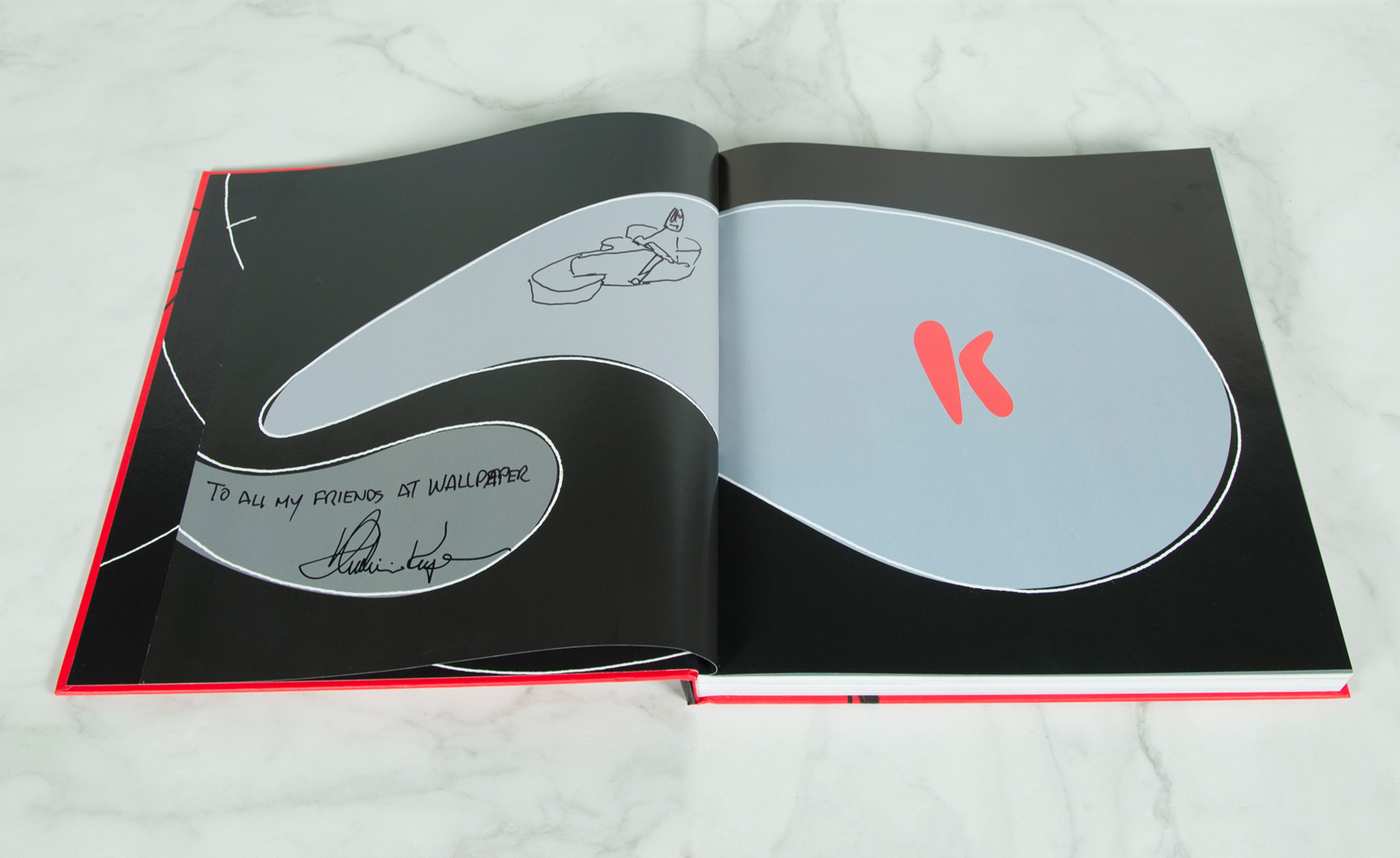
Kagan dedicated a copy of his latest book, Vladimir Kagan: A Lifetime of Avante-Garde Design, to 'all my friends at Wallpaper*' in December 2015, pictured above. See his career visually chronicled here
The latter half of the 20th century would see Kagan partner with textile designer and artist Hugo Dreyfuss to create Kagan-Dreyfuss Inc. in 1950, and shifting his operations between Manhattan and Long Island City, before formally retiring in 1988.
Highly regarded throughout this period, his star rose again with the boom in taste for midcentury furniture from the 1990s onwards. In 1998, the reintroduction of a number of classic designs at the International Contemporary Furniture Fair comprised an effective re-boot of a career and name that has remained prominent ever since. His work is held by institutions as esteemed as the Vitra Design Museum in Weil am Rhein, Die Neue Samlung, the V&A and most prominent American museums.
Wallpaper* has long admired the designer's work. In June 2003, the designer and his wife Erica Wilson invited us into their Park Avenue home for a shoot that explored the duo's stylistically opposed but aesthetically complementary interior tastes. The legendary designer also attended the launch party of the US Bespoke Edition late last year.
Kagan's influence was confirmed yet again in December 2015, with the publication of a monograph, Vladimir Kagan: A Lifetime of Avant-Garde Design, by Pointed Arrow Press – bolstered by accompanying texts by such creative heavyweights as Tom Ford and the late Zaha Hadid.
Speaking at Kagan's recent memorial – organised by his two daughters, Jessica Kagan Cushman and Vanessa Kagan Diserio, and his son, Illya Kagan – the Architectural Digest's editor-in-chief Margaret Russell summed up her tribute with a reflection on the designer's pervading positivity: 'A few weeks ago, Jacob Bernstein from the New York Times called to ask me what Vladi was like. I told him that "he was was the man who couldn't say no". But I had it backwards: Vladimir Kagan was that very special man, filled with energy and joy and light, who always, always said yes.'
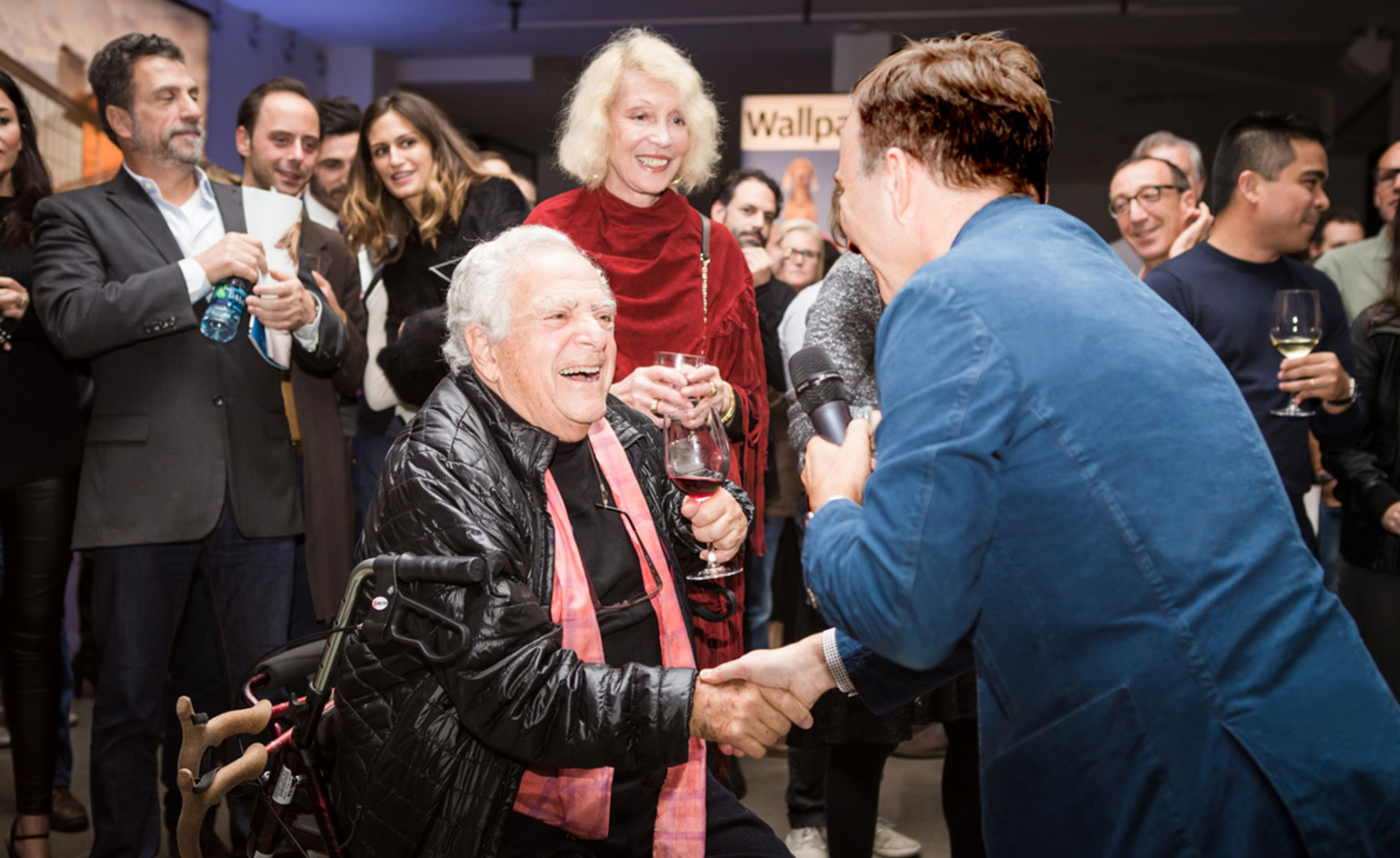
Wallpaper* has long admired Kagan's work; his Park Avenue home featured in the June 2003 issue (W*59) and he attended the launch party of the US Bespoke Edition late last year. Pictured: the legendary designer shaking hands with Wallpaper* Editor-in-Chief Tony Chambers at that very event.
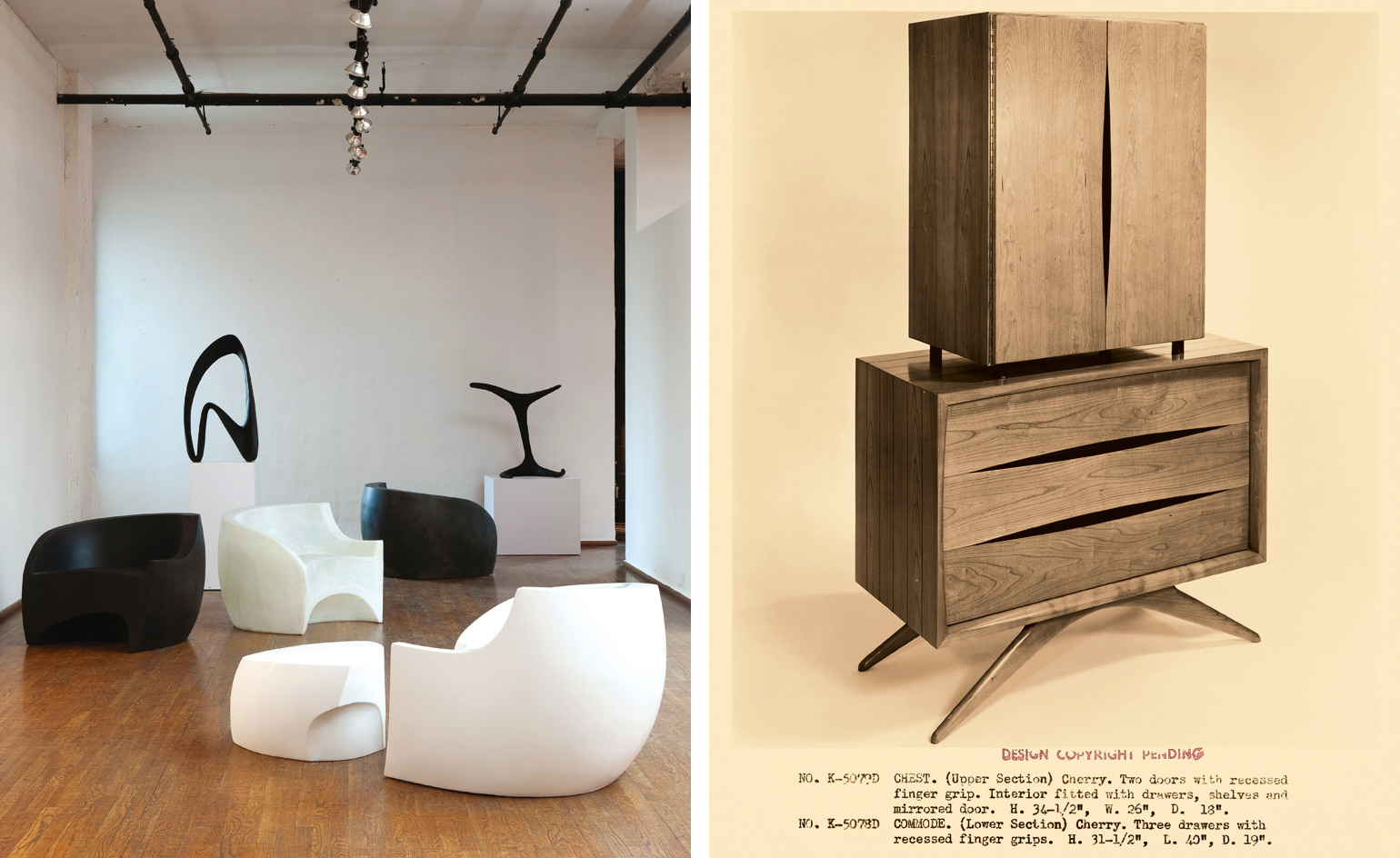
Born in 1927 in Worms, Germany, Kagan’s family emigrated to the USA to escape the rise of Nazism in 1938. He studied architecture at Columbia University, before joining his father in the family woodworking studio, learning to create furniture drawing on the traditions of Mies van der Rohe, Le Corbusier and the Bauhaus school. Pictured left: ’Pucci Entrance’. Photography: Antoine Bootz. Right: Courtesy archive of Vladimir Kagan Design Group
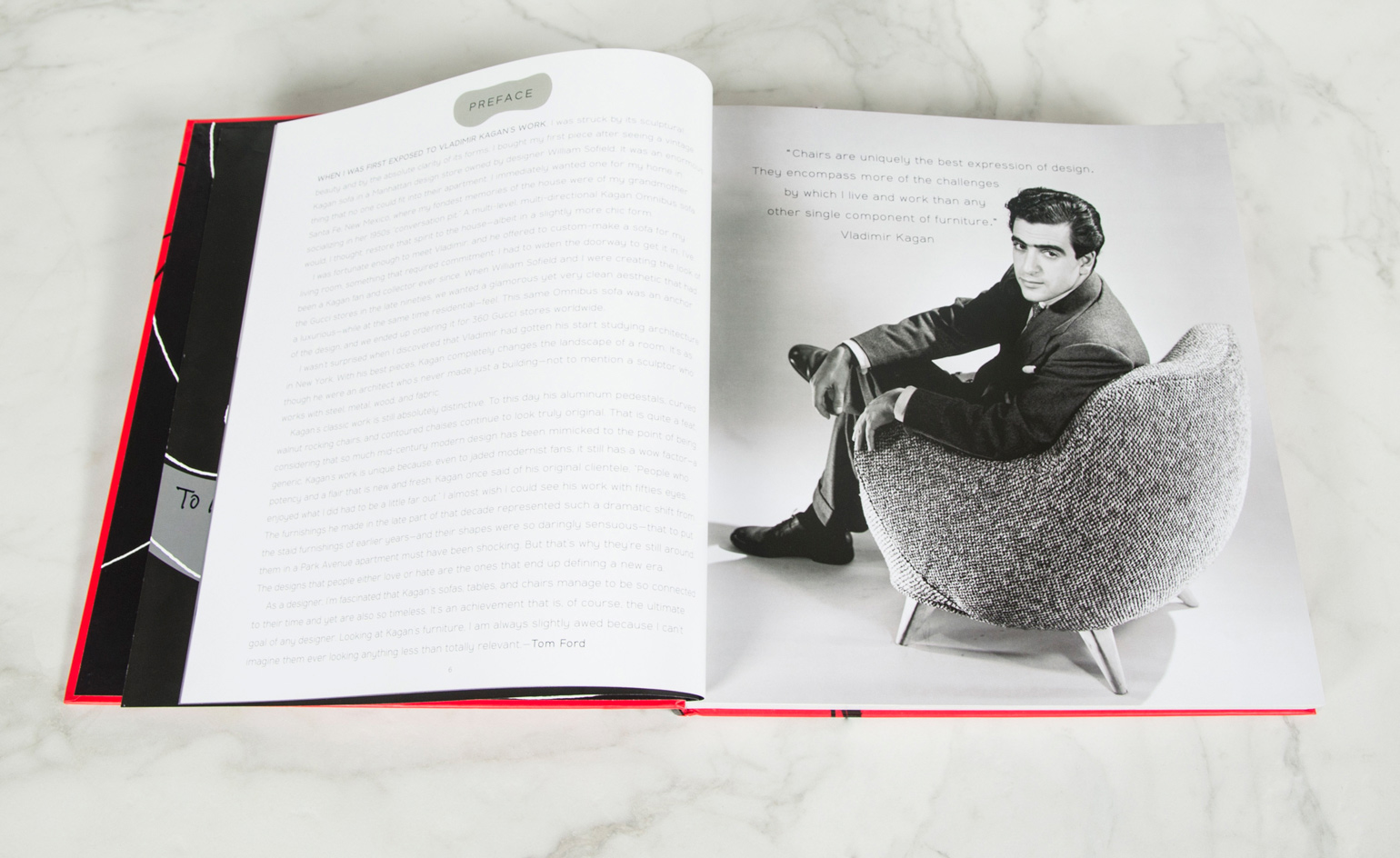
Kagan opened his own New York store, East 65th St, in 1948. He subsequently made his name as a creator of superlative modern furniture, creating pieces for contemporary individuals and companies as auspicious as Marilyn Monroe, Gary Cooper, General Electric, Walt Disney, Monsanto and General Motors. Pictured: a portrait of Kagan from the 2015 monograph Vladimir Kagan: A Lifetime of Avant-Garde Design, with preface by Tom Ford
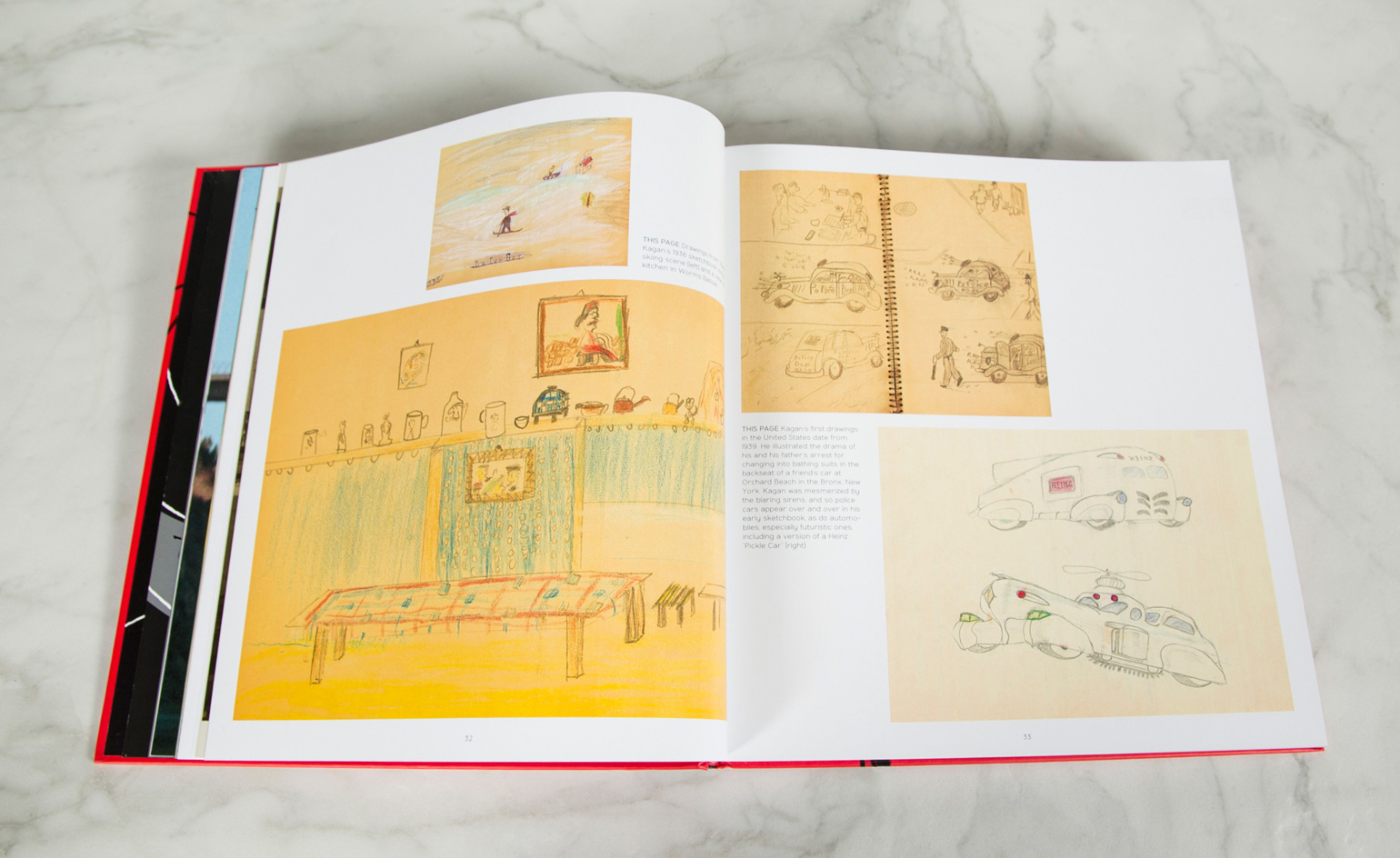
Though he formally retired in 1988, the reintroduction of a number of classic designs at the International Contemporary Furniture Fair a decade later comprised an effective re-boot of a career and name that has remained prominent ever since. Pictured: drawings from Kagan's 1936 sketchbook include a skiing scene and a view of the kitchen in Worms
Receive our daily digest of inspiration, escapism and design stories from around the world direct to your inbox.
Tom Howells is a London-based food journalist and editor. He’s written for Vogue, Waitrose Food, the Financial Times, The Fence, World of Interiors, Time Out and The Guardian, among others. His new book, An Opinionated Guide to London Wine, will be published by Hoxton Mini Press later this year.
-
 Year in review: the shape of mobility to come in our list of the top 10 concept cars of 2025
Year in review: the shape of mobility to come in our list of the top 10 concept cars of 2025Concept cars remain hugely popular ways to stoke interest in innovation and future forms. Here are our ten best conceptual visions from 2025
-
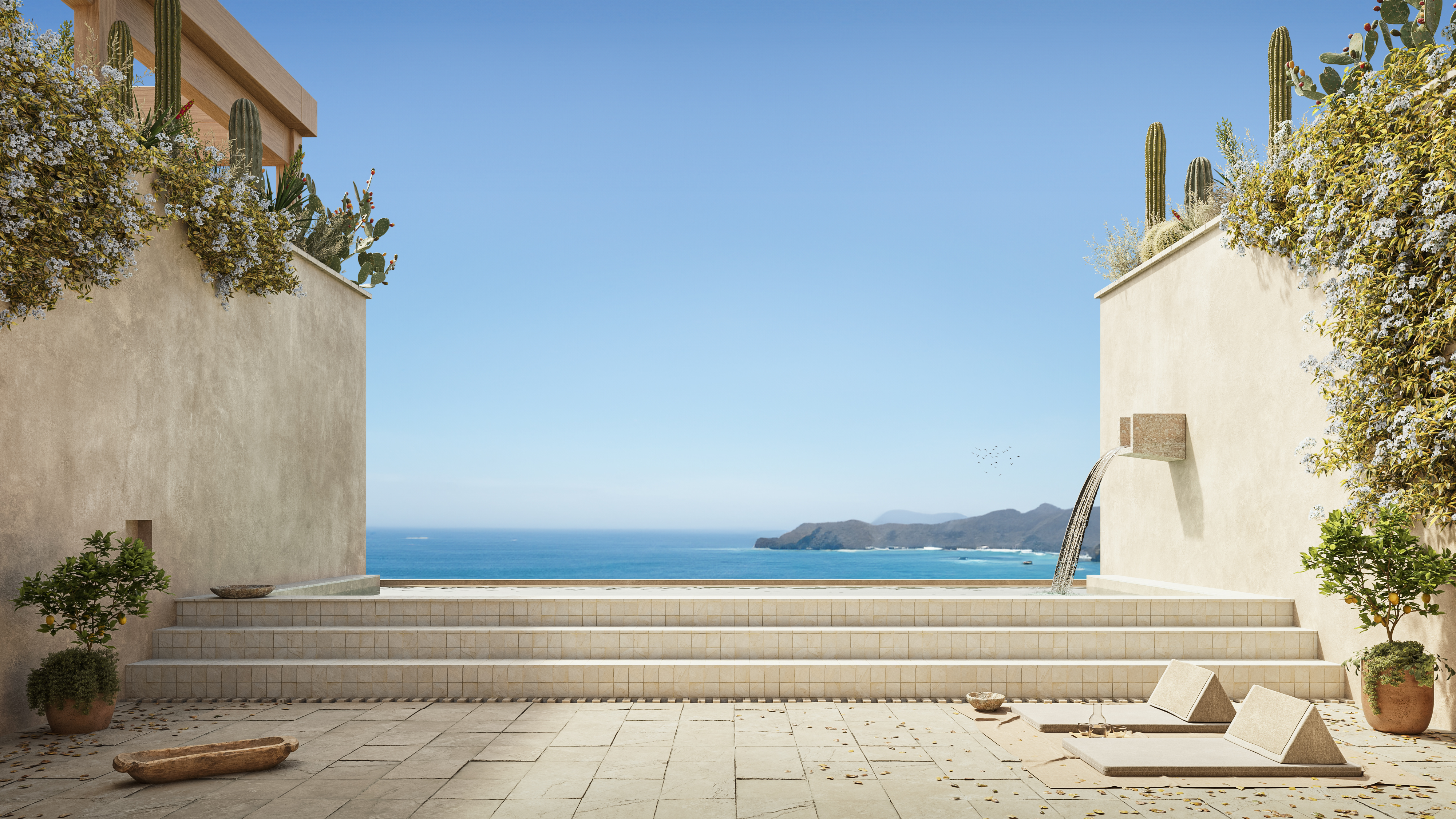 These Guadalajara architects mix modernism with traditional local materials and craft
These Guadalajara architects mix modernism with traditional local materials and craftGuadalajara architects Laura Barba and Luis Aurelio of Barbapiña Arquitectos design drawing on the past to imagine the future
-
 Robert Therrien's largest-ever museum show in Los Angeles is enduringly appealing
Robert Therrien's largest-ever museum show in Los Angeles is enduringly appealing'This is a Story' at The Broad unites 120 of Robert Therrien's sculptures, paintings and works on paper
-
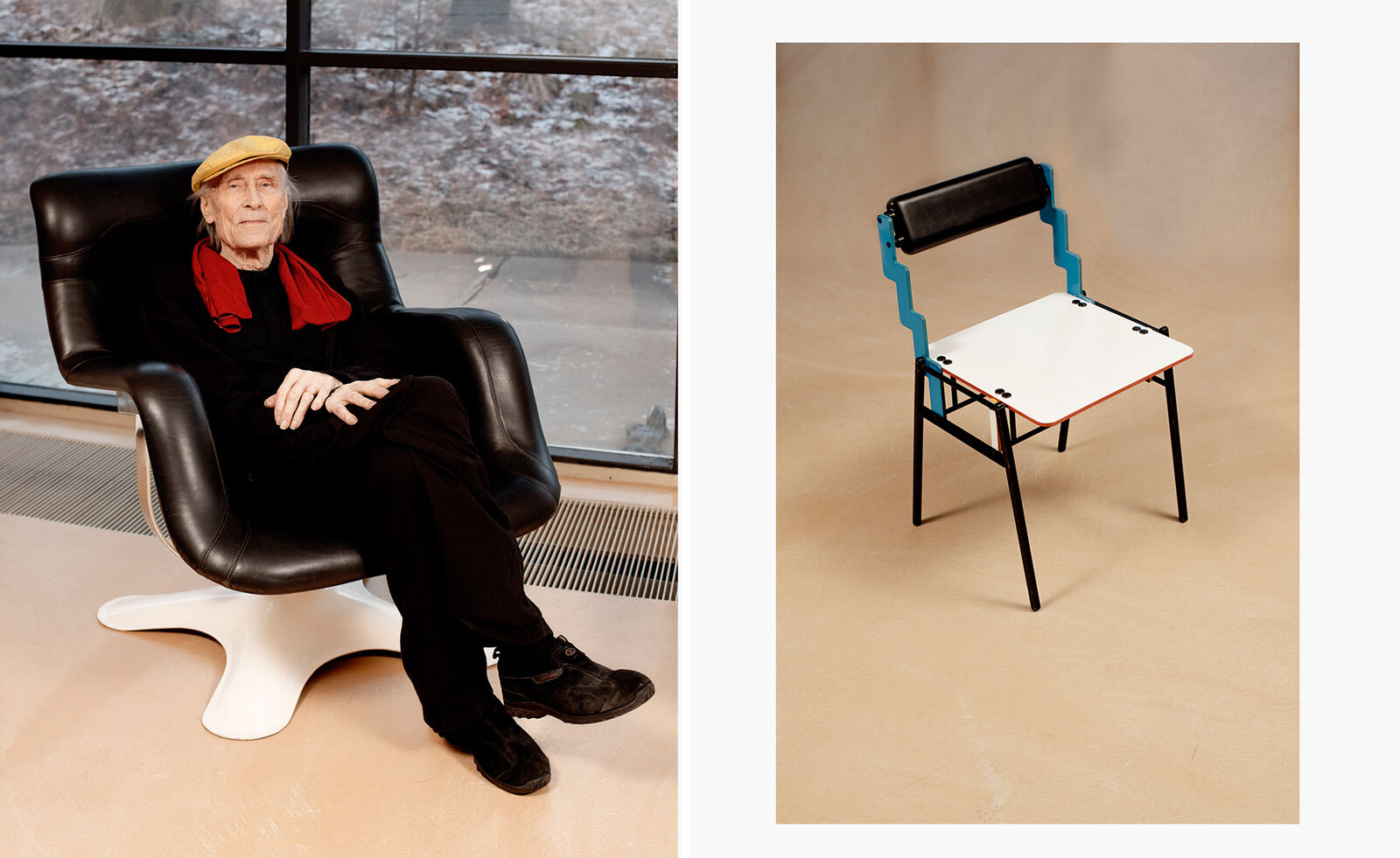 Remembering Yrjö Kukkapuro, Finnish grand master of design (1933-2025)
Remembering Yrjö Kukkapuro, Finnish grand master of design (1933-2025)Almost everyone in Finland has sat in a chair by designer Yrjö Kukkapuro, writes Wallpaper’s Emma O'Kelly, who met him at his studio in 2020 and here pays tribute to a design legend
-
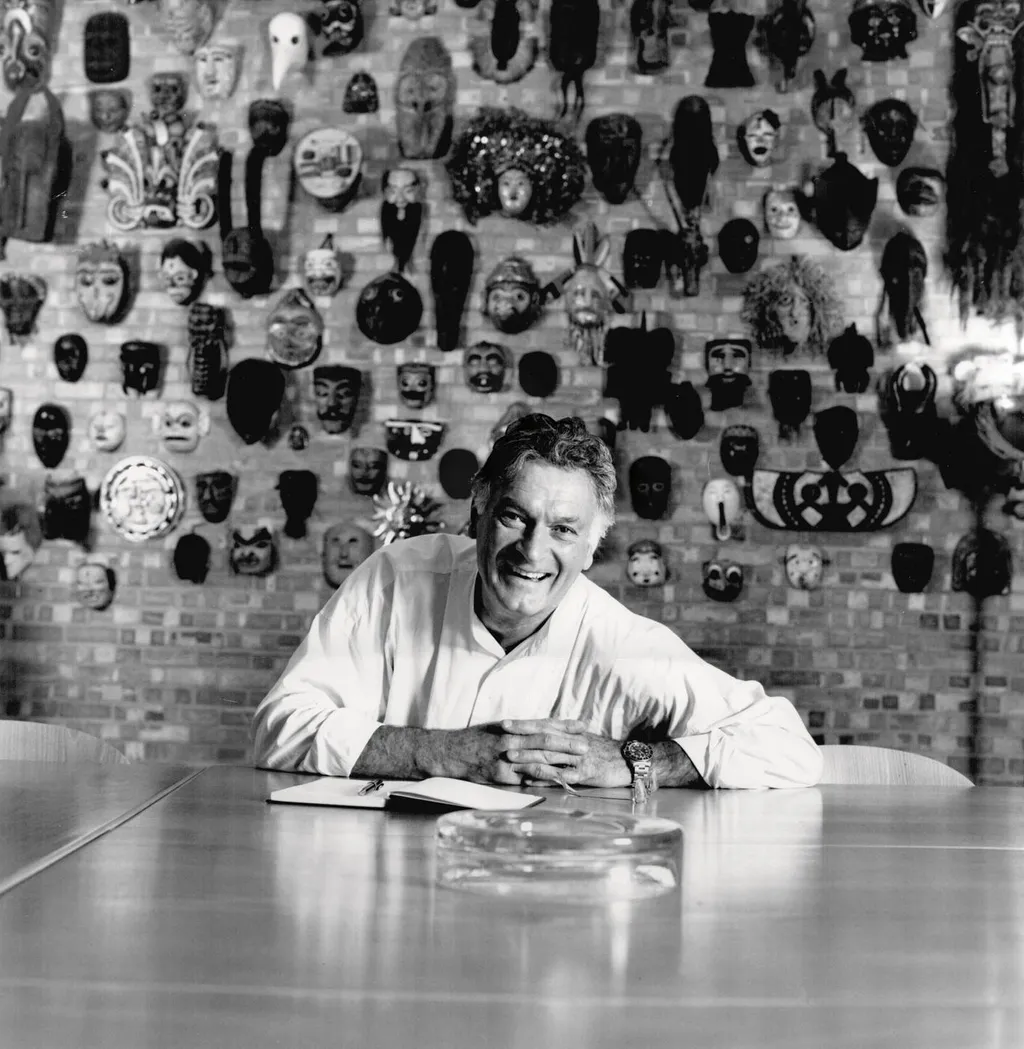 We remember Kenneth Grange, the British industrial designer, who has died aged 95
We remember Kenneth Grange, the British industrial designer, who has died aged 95Kenneth Grange was a colossus of post-war design. With a career spanning six decades, his mission for improvement touched everything from trains to fountain pens, taxis to toothbrushes
-
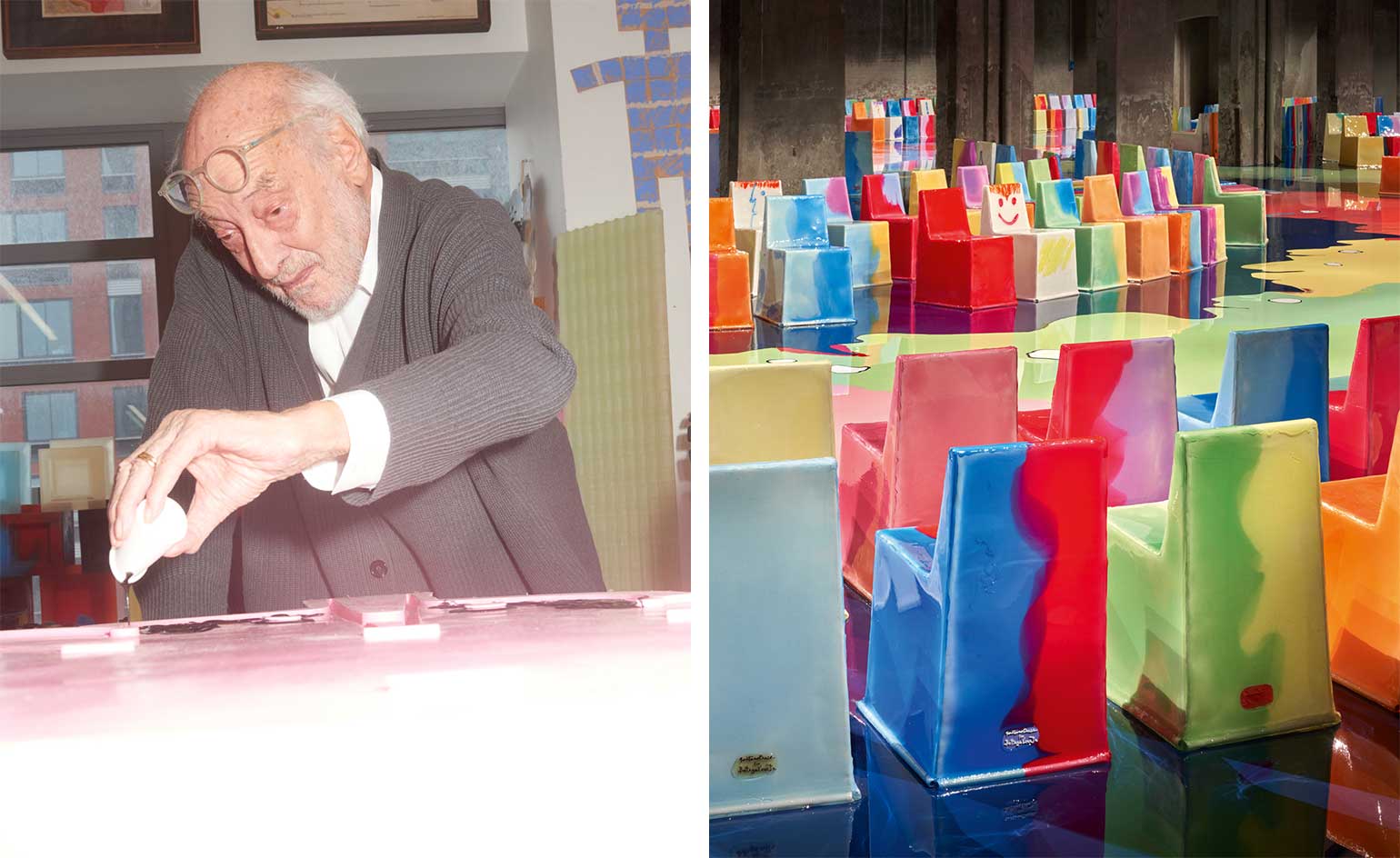 Design world mourns Gaetano Pesce (1939-2024), the ‘most radical of radicals’
Design world mourns Gaetano Pesce (1939-2024), the ‘most radical of radicals’We remember Gaetano Pesce, the rule-breaking Italian design visionary, who has died in New York aged 84
-
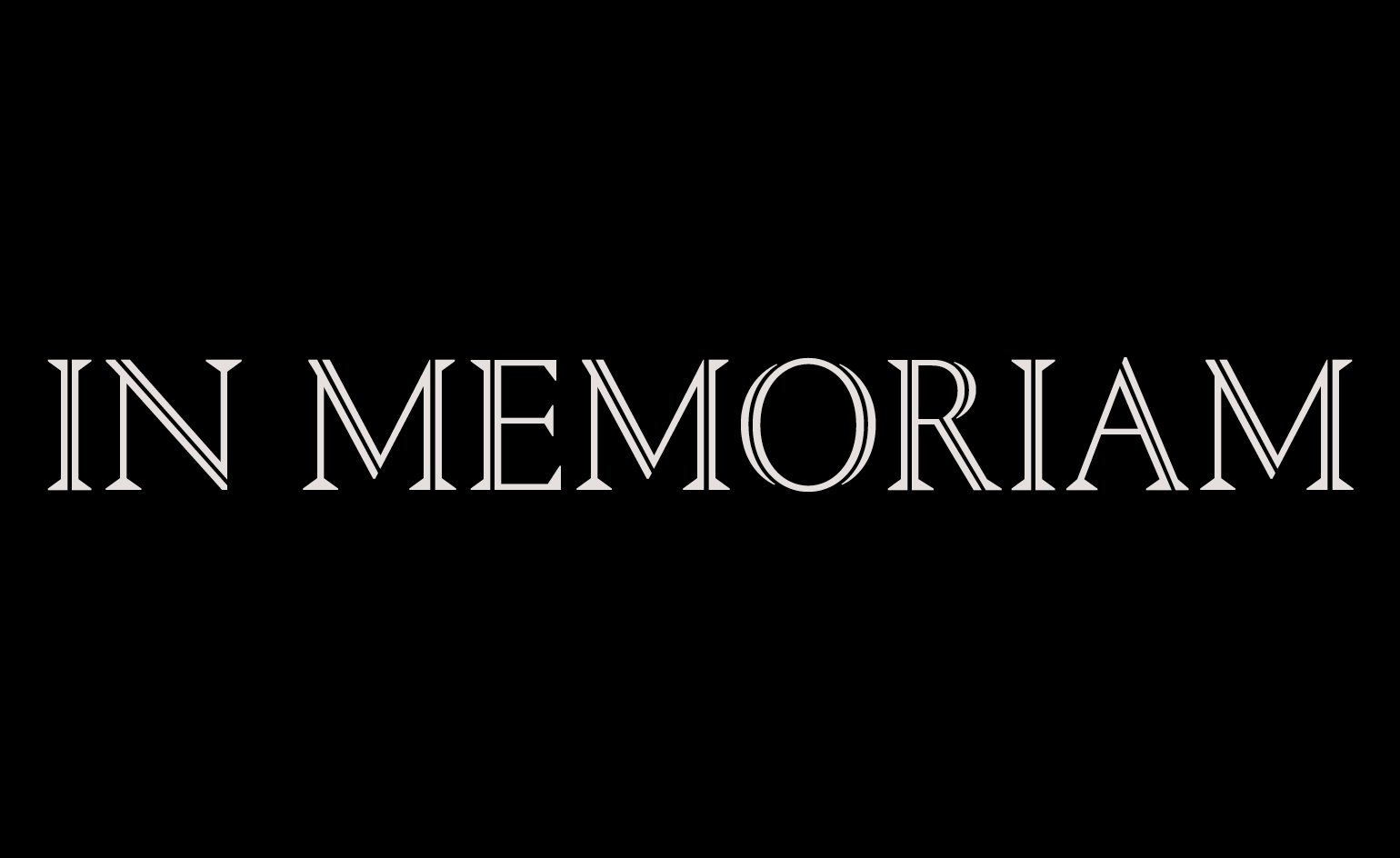 In memoriam: celebrating the lives and work of those we lost in 2023
In memoriam: celebrating the lives and work of those we lost in 2023We honour and remember some of the influential creatives lost during 2023, through the Wallpaper* tributes that ran throughout the year
-
 In Memoriam: Maria Pergay (1930 – 2023)
In Memoriam: Maria Pergay (1930 – 2023)We remember design dame Maria Pergay, who died on 31 October 2023 aged 93
-
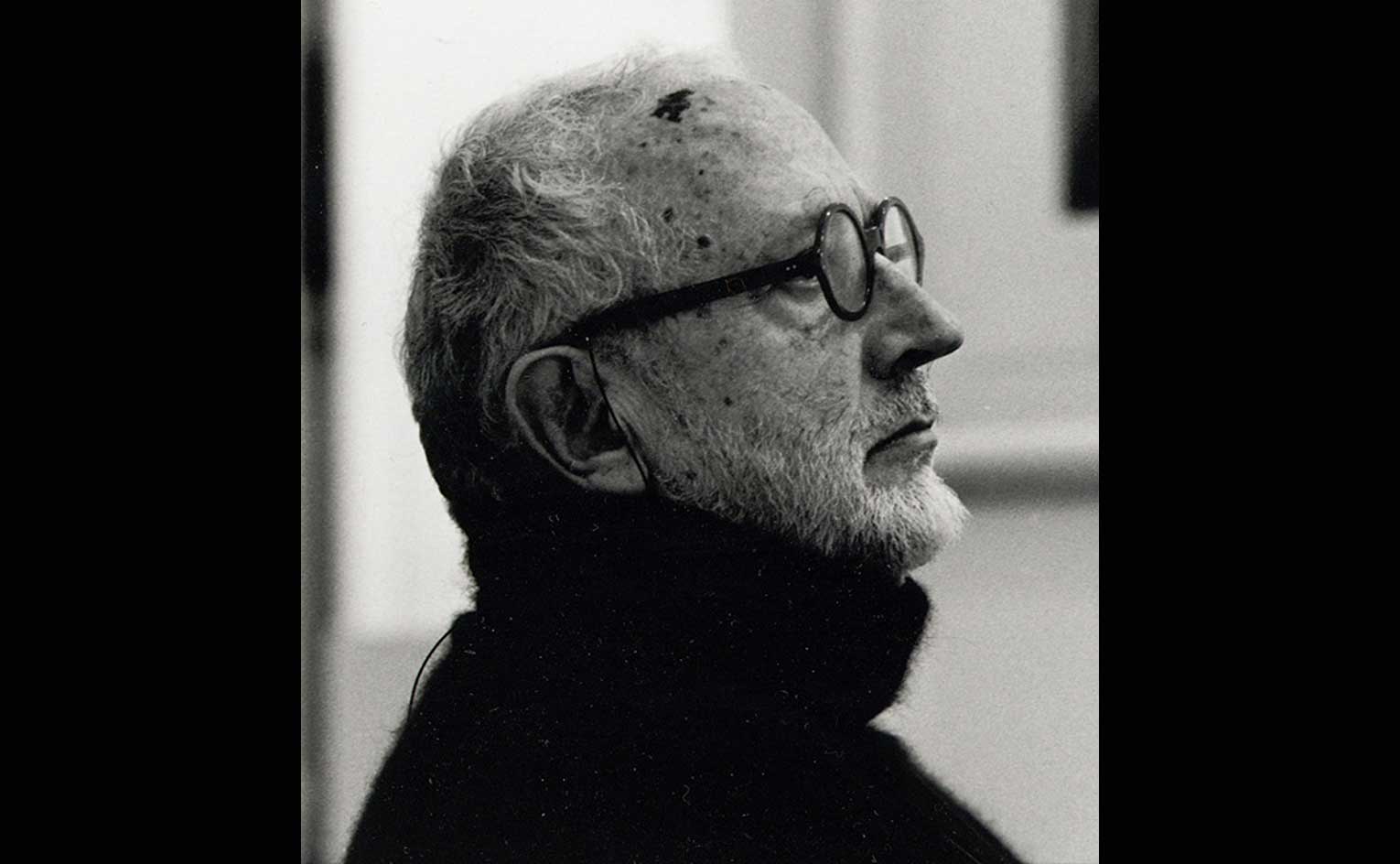 In Memoriam: Andrea Branzi (1938 – 2023)
In Memoriam: Andrea Branzi (1938 – 2023)We remember Italian design radical Andrea Branzi, who died on 9 October 2023
-
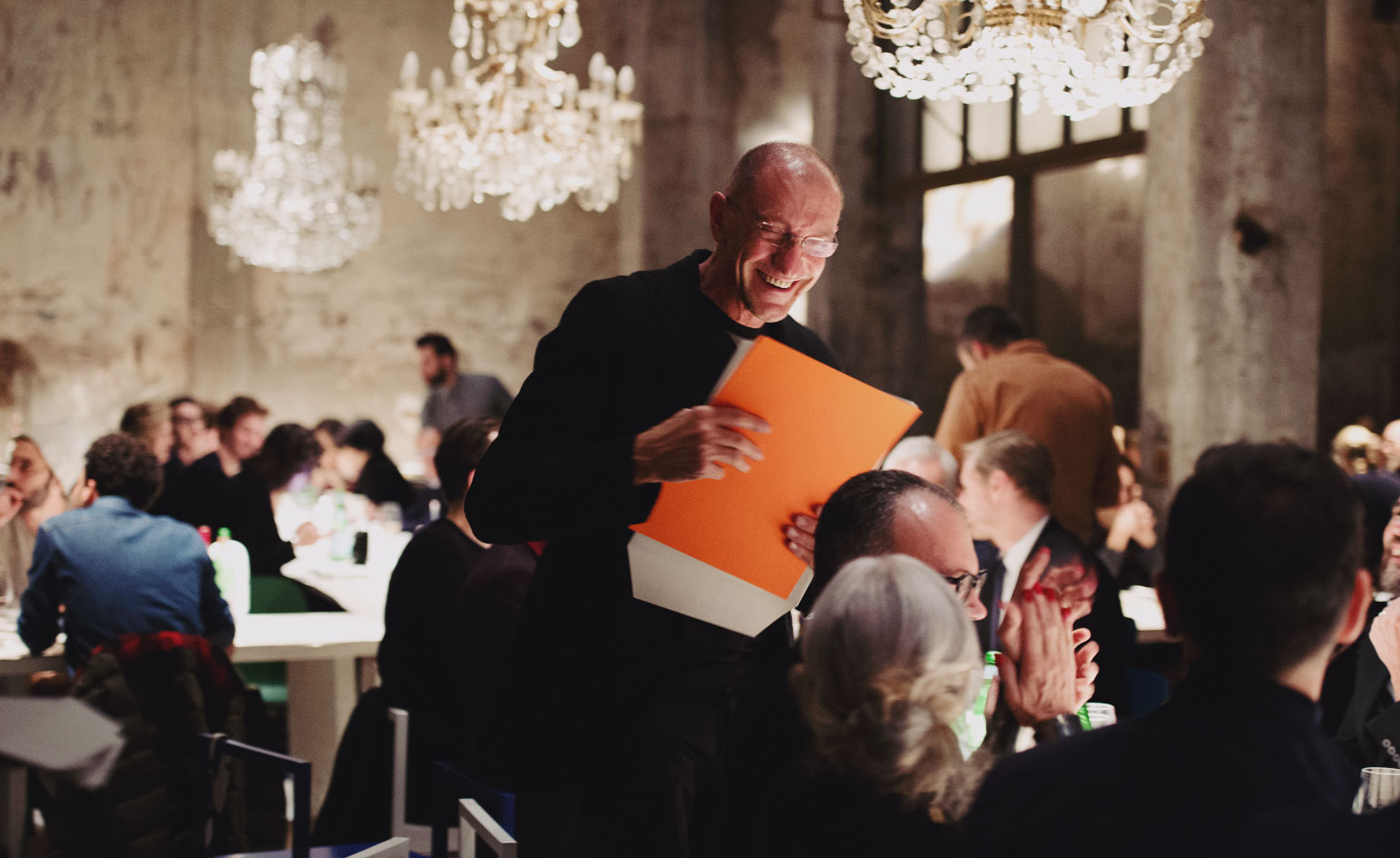 In Memoriam: Rodolfo Dordoni (1954 - 2023)
In Memoriam: Rodolfo Dordoni (1954 - 2023)We remember Italian designer and architect Rodolfo Dordoni, who died on 1 August 2023
-
 In memoriam: Thomas Eyck (1964 – 2023)
In memoriam: Thomas Eyck (1964 – 2023)We remember Dutch design entrepreneur Thomas Eyck, a champion of craft, materiality and beauty who helped elevate many of the Netherlands’ contemporary design stars